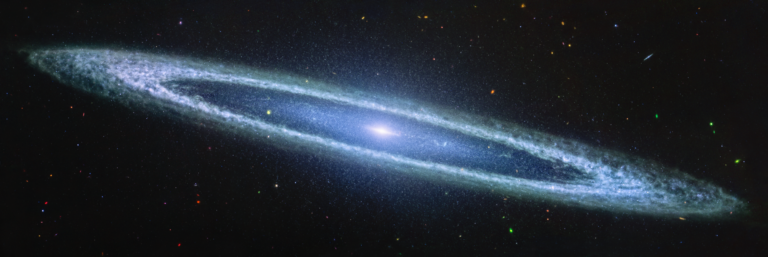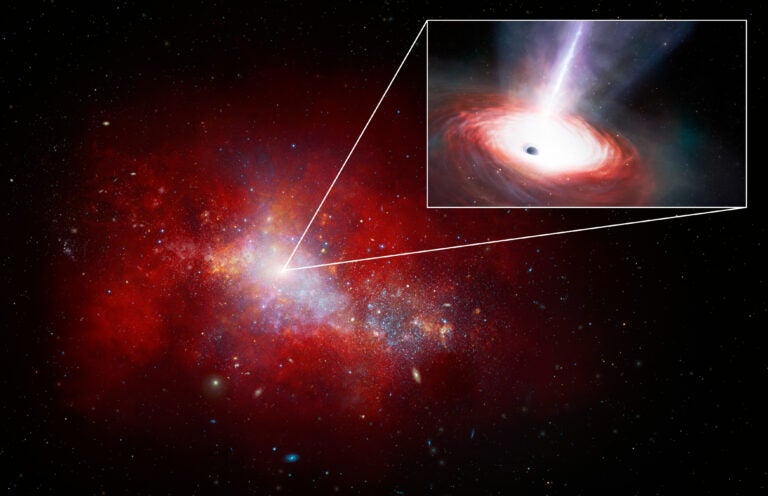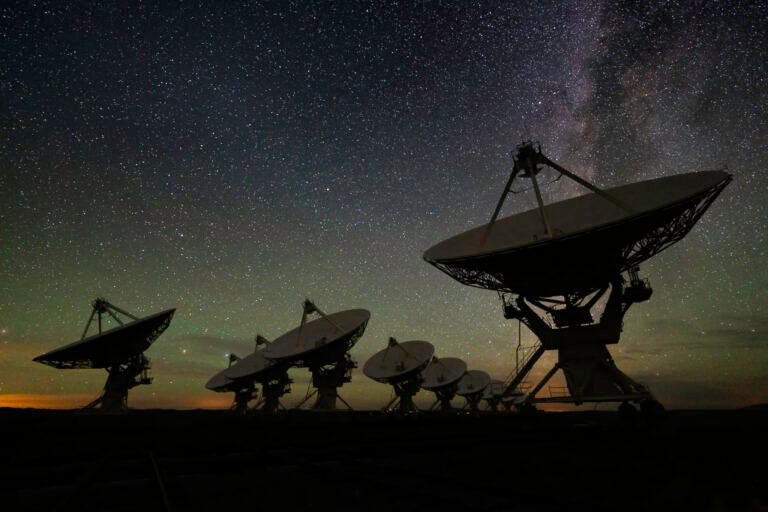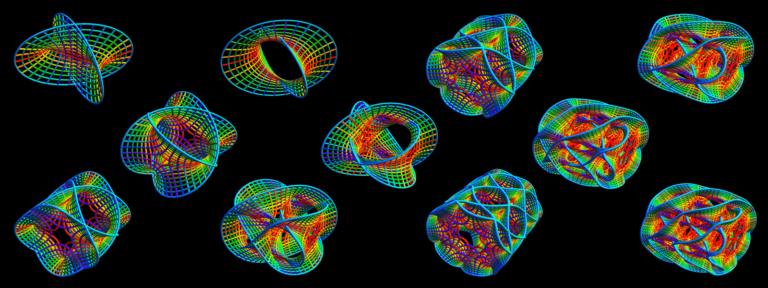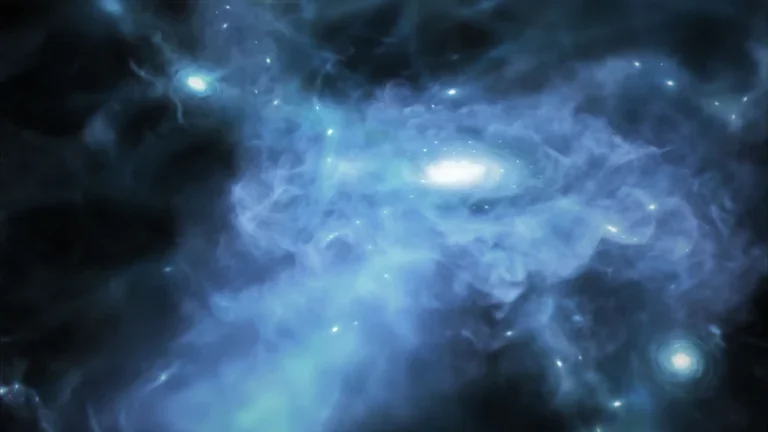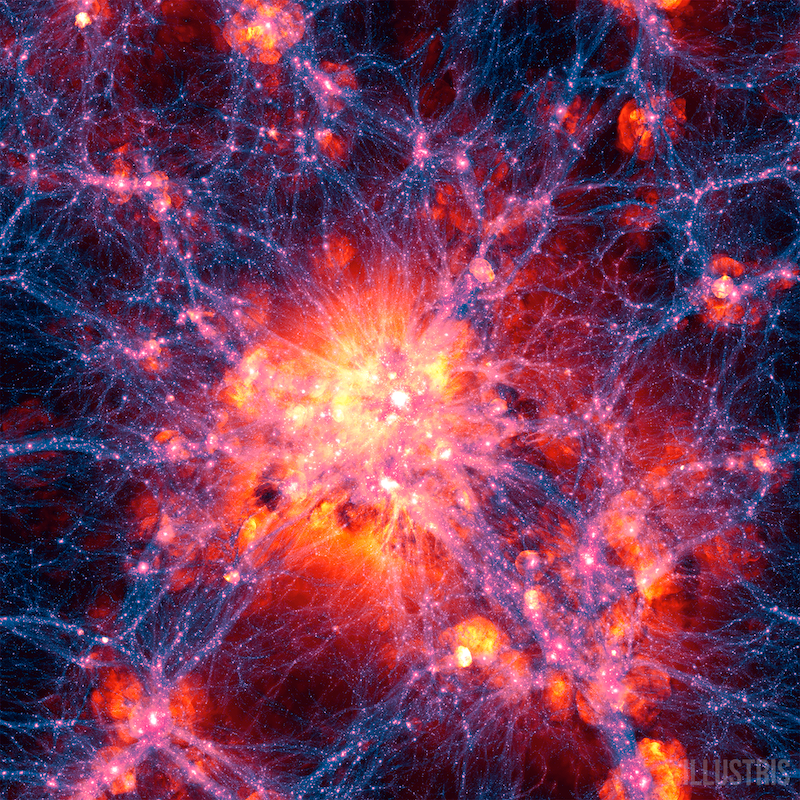New research by University of California, Los Angeles (UCLA) physicists offers a possible solution to the mystery of the origin of matter in the universe.
Alexander Kusenko from UCLA and colleagues propose that the matter-antimatter asymmetry could be related to the Higgs boson particle, which was the subject of prominent news coverage when it was discovered at Switzerland’s Large Hadron Collider (LHC) in 2012.
Specifically, the UCLA researchers wrote, the asymmetry may have been produced as a result of the motion of the Higgs field, which is associated with the Higgs boson, and which could have made the masses of particles and antiparticles in the universe temporarily unequal, allowing for a small excess of matter particles over antiparticles.
If a particle and an antiparticle meet, they disappear by emitting two photons or a pair of some other particles. In the “primordial soup” that existed after the Big Bang, there were almost equal amounts of particles and antiparticles, except for a tiny asymmetry: one particle per 10 billion. As the universe cooled, the particles and antiparticles annihilated each other in equal numbers, and only a tiny number of particles remained. This tiny amount is all the stars and planets and gas in today’s universe, said Kusenko.
The 2012 discovery of the Higgs boson particle was hailed as one of the great scientific accomplishments of recent decades. The Higgs boson was first postulated some 50 years ago as a crucial element of the modern theory of the forces of nature and is, physicists say, what gives everything in the universe mass. Physicists at the LHC measured the particle’s mass and found its value to be peculiar. It is consistent with the possibility that the Higgs field in the first moments of the Big Bang was much larger than its “equilibrium value” observed today.
The Higgs field “had to descend to the equilibrium, in a process of ‘Higgs relaxation,’” said Kusenko.



